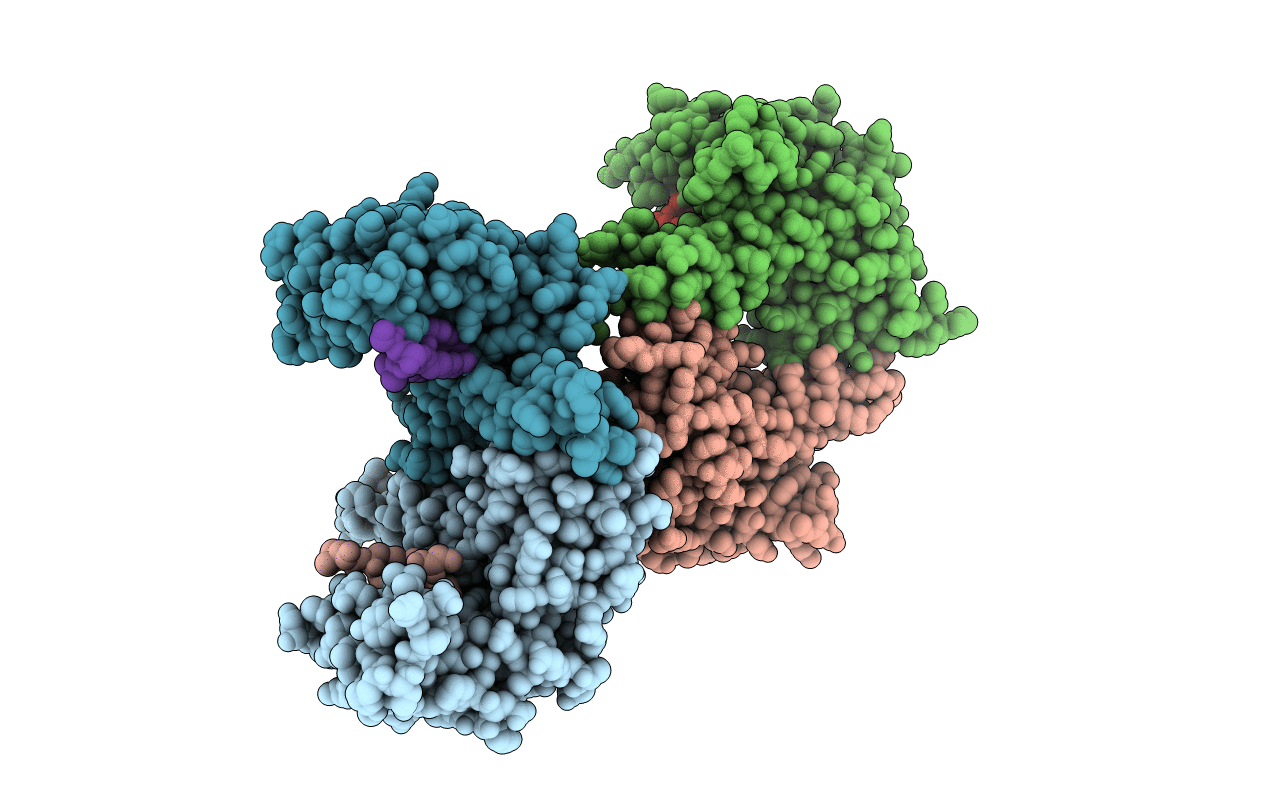
Deposition Date
2019-10-16
Release Date
2020-11-18
Last Version Date
2024-11-13
Entry Detail
PDB ID:
6T5F
Keywords:
Title:
Human 14-3-3 sigma fused to the StARD1 peptide including phosphoserine-195
Biological Source:
Source Organism:
Homo sapiens (Taxon ID: 9606)
Host Organism:
Method Details:
Experimental Method:
Resolution:
2.63 Å
R-Value Free:
0.26
R-Value Work:
0.21
R-Value Observed:
0.21
Space Group:
P 1 21 1


